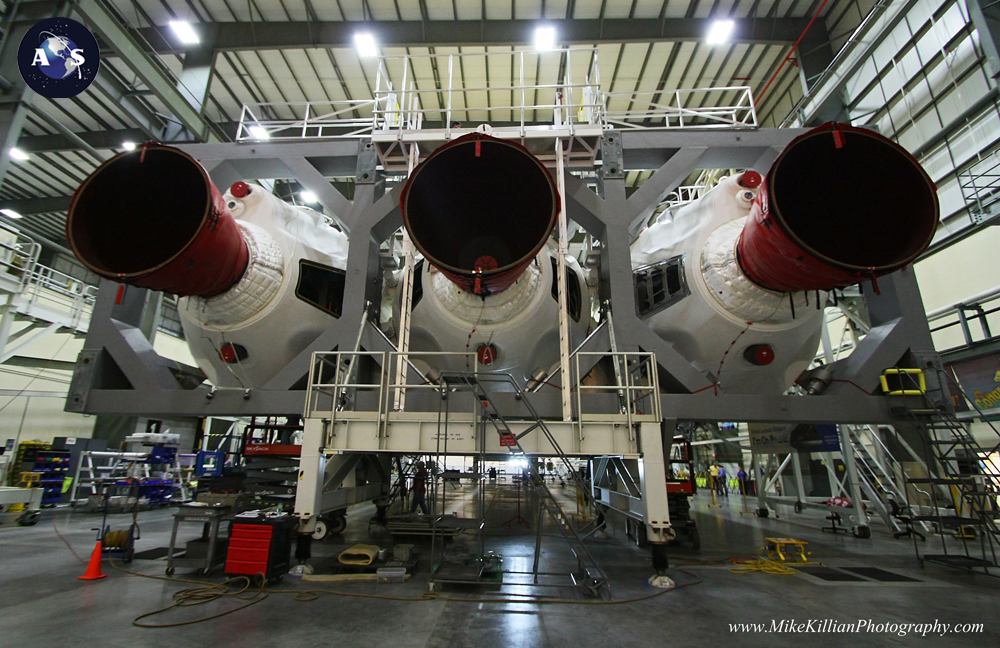
As United Launch Alliance (ULA) gears up for its final four Delta IV Heavy missions—the first of which is due to launch later this month—Aerojet Rocketdyne announced Monday that it has concluded its Hot Fire Acceptance Test campaign for the giant rocket’s suite of liquid oxygen and hydrogen engines.
The triple-barreled rocket boasts a single RS-68A engine at the base of each of its three Common Booster Cores (CBCs), which together generate a liftoff thrust of around 2.1 million pounds (1.1 million kg). This positions the Heavy as the second most powerful launch vehicle in active operational service anywhere in the world, capable of injecting payloads weighing up to 63,470 pounds (28,790 kg) into low-Earth orbit and as much as 14,880 pounds (6,750 kg) to Geostationary Earth Orbit (GEO).
Aerojet Rocketdyne completed the hot fire campaign in the B-1 Test Stand at NASA’s Stennis Space Center (SSC) in Bay St. Louis, Miss., the selfsame facility that has for more than a year played host to the Core Stage for the first Space Launch System (SLS) during its lengthy Green Run.
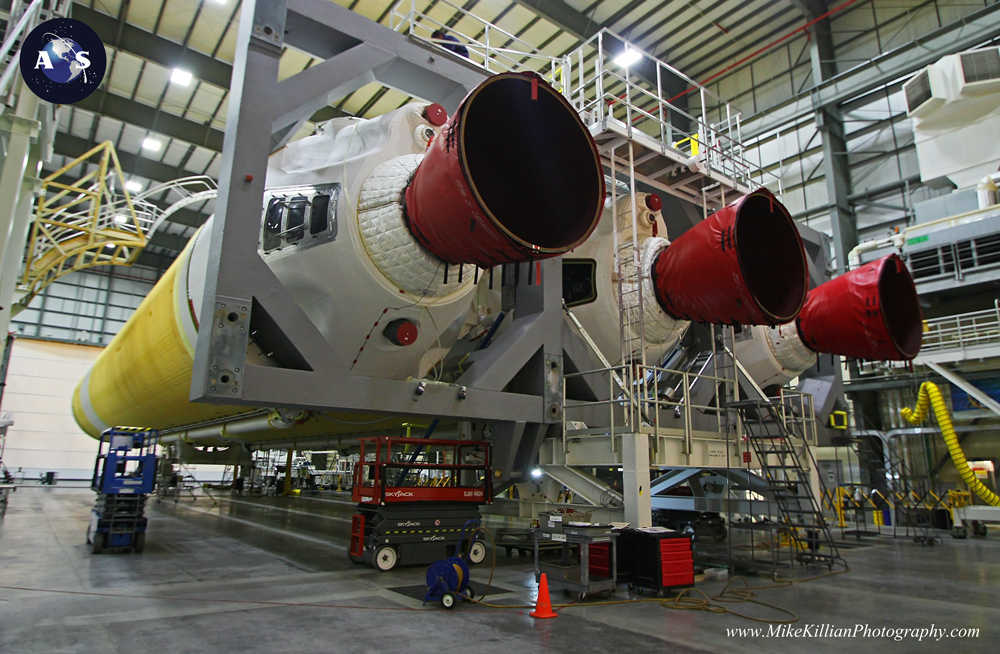
“The throttleable RS-68A engine has been the centerpiece of the Delta IV Heavy rocket for more than 15 years,” said Eileen P. Drake, president and chief executive officer of Aerojet Rocketdyne. “We are very proud of the 65 engines flown to date and their flawless performance record.”
The engine was conceived more than two decades ago with a simplified design architecture, in order to lessen overall program costs whilst maintaining overall product reliability. In its original incarnation as the RS-68, it underwent testing at the Air Force Research Laboratory (AFRL) at Edwards Air Force Base in California, before being moved to Stennis back in 2000, with an intention that it would form the powerplant of the Delta IV CBC. An initial hot-fire campaign took place between March and May 2001, after which it was certified the following December and supported the launch of the first Delta IV mission in November 2002.
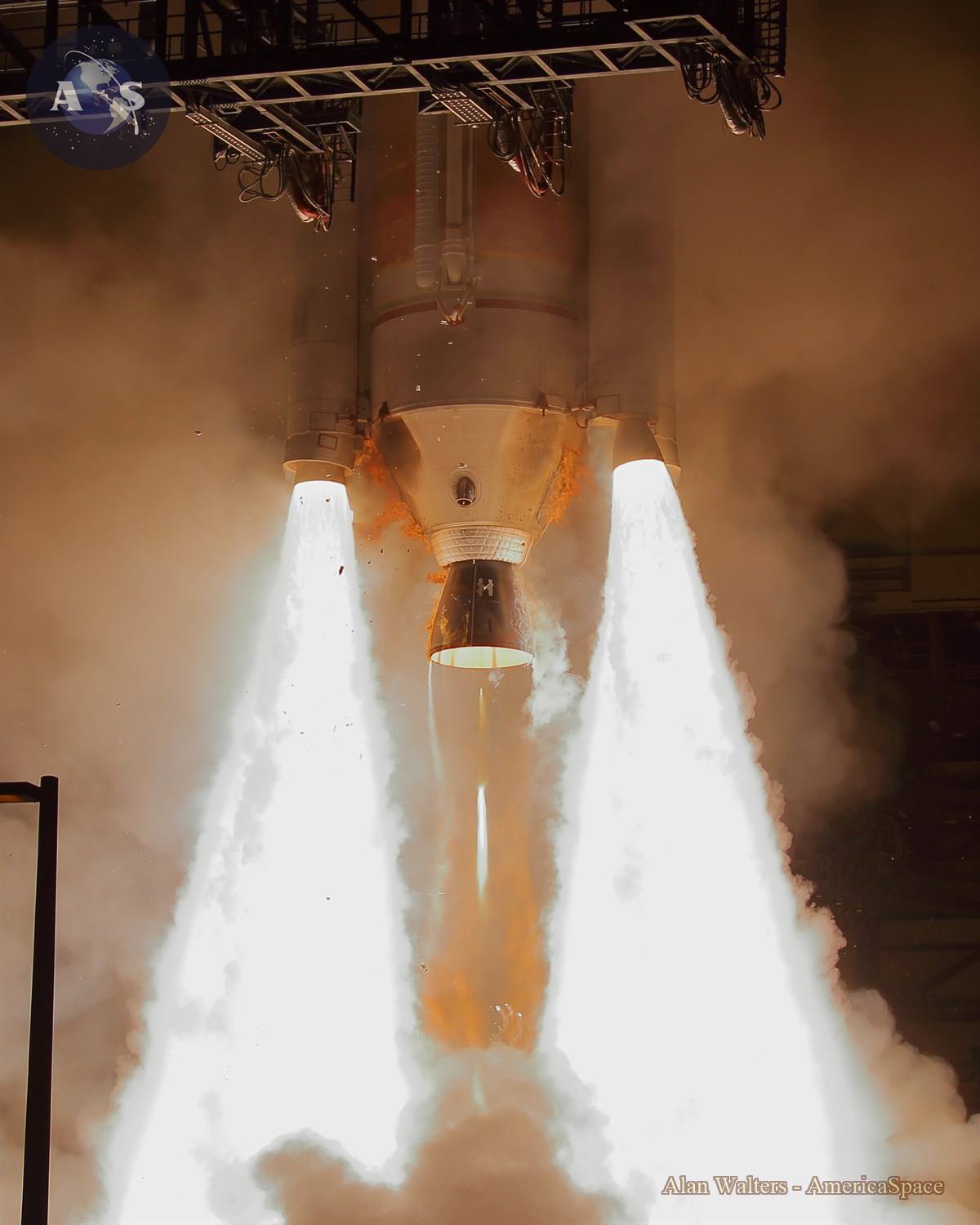
To date, single RS-68 or RS-68A engines have powered 29 missions between November 2002 and the final voyage of the “single-stick” Delta IV in August 2019, whilst 36 others propelled 12 triple-barreled Delta IV Heavy missions between December 2004 and the long-delayed NROL-44 for the National Reconnaissance Office last fall. In its original incarnation as the RS-68, it produced 660,000 pounds (299,370 kg) of thrust and a total of 42 engines supported 28 missions between November 2002 and March 2015.
Meanwhile, the evolved RS-68A, capable of 705,000 pounds (320,000 kg) of sea-level thrust, completed certification testing in April 2011. The engine is capable of attaining higher throttle levels of up to 108.5 percent, some six percent greater than its predecessor, as well as improved combustion efficiency and an enhanced payload-to-orbit capability.
Three RS-68As helped power a Delta IV Heavy aloft in June 2012 to deliver the NROL-15 classified payload for the National Reconnaissance Office. And since the launch of the seventh Wideband Global Satcom (WGS-7) in July 2015, all Delta IV vehicles have been powered exclusively by RS-68A engines. Twenty-three RS-68A engines have flown to date.
“We’ve continued to improve the RS-68 engine, which today remains the most powerful hydrogen-fueled rocket engine in the world,” said Jim Maser, senior vice president of space for Aerojet Rocketdyne. “This engine was developed entirely with company funds to be a very cost-competitive and extremely reliable booster engine.”
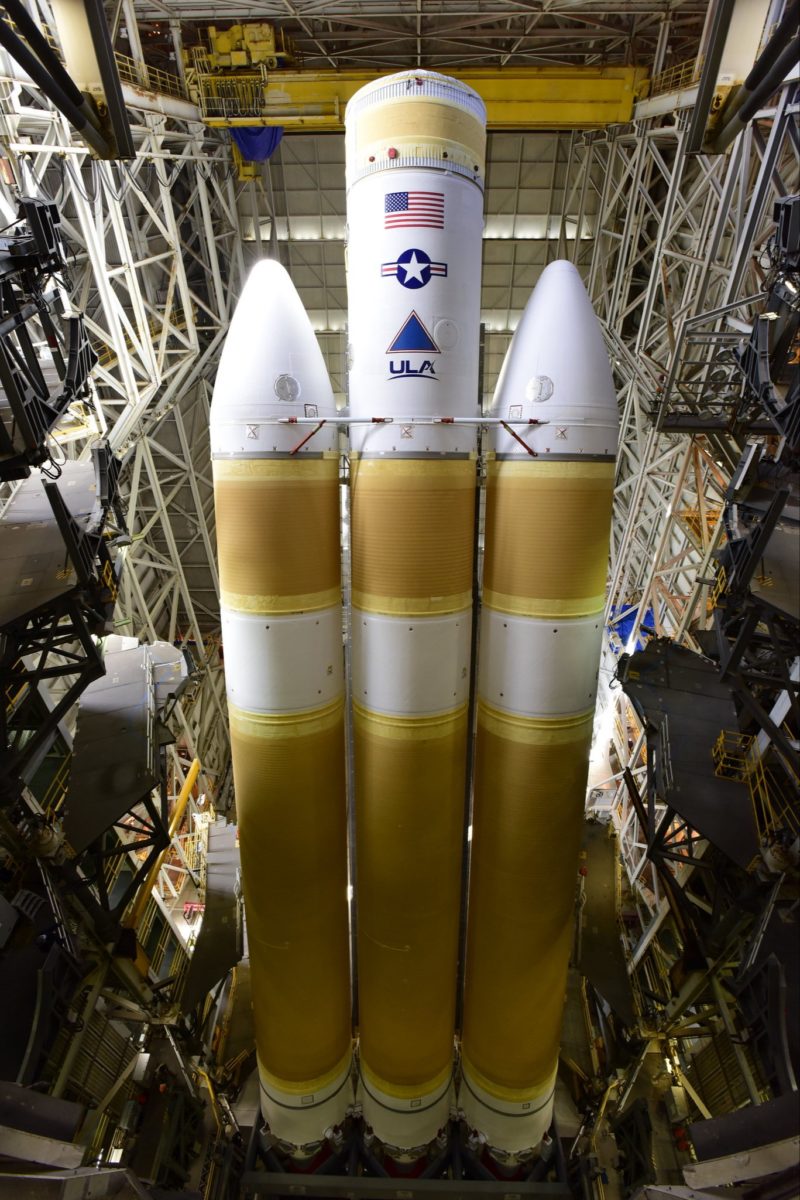
“Our RS-68 test partnership with Aerojet Rocketdyne spans more than 20 years and the final RS-68 hot-fire test closes out a historic chapter in propulsion testing at Stennis Space Center,” said Stennis director Richard Gilbrech. “The RS-68 was the first engine to be both assembled and tested at Stennis.”
All told, the RS-68 and RS-68A have launched 41 Delta IV missions over almost two decades of active service, delivering 13 critical assets for the National Reconnaissance Office, eight Wideband Global Satcoms (WGS), seven Global Positioning System (GPS) payloads, three Geostationary Operational Environmental Satellites (GOES) and the final Defense Support Program (DSP) infrared early-warning sentinel. Additionally, they have flown a plethora of mixed-payload missions and, significantly, the maiden voyage of NASA’s Orion spacecraft and the 2018-launched Parker Solar Probe.
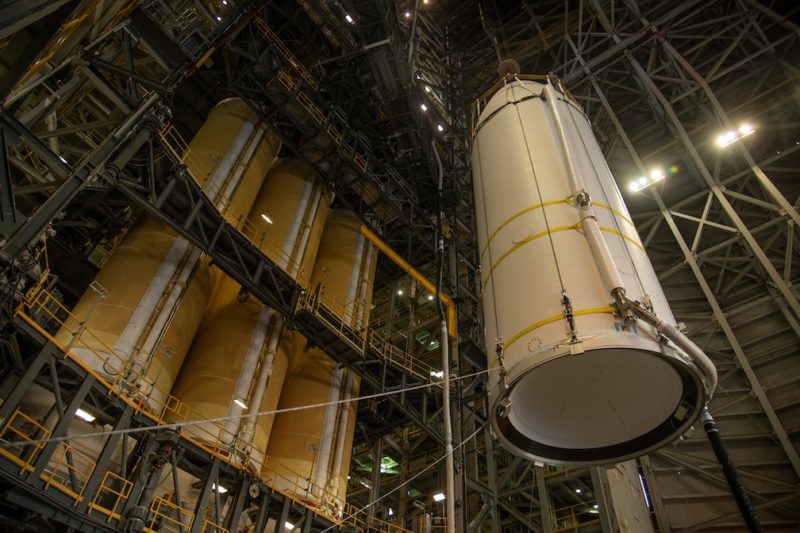
But with only four Delta IV Heavy missions—a total of 12 more RS-68A engines—remaining on ULA’s books over the next few years, the end of the program is in sight. Hardware is already in the final stages of preparation on Space Launch Complex (SLC)-6 at Vandenberg Air Force Base, Calif., being readied for a 26 April launch of the NROL-82 payload.
Just last week, the payload fairing, laden with the highly secretive cargo for the mission, was hauled atop the Delta IV Heavy. After that, three final missions for the National Reconnaissance Office are targeted to occur between 2022 and 2024, bringing the six-decade-long career of the Delta to a close after no less than 389 flights.




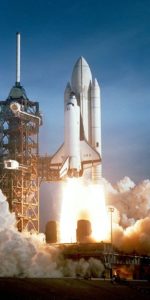
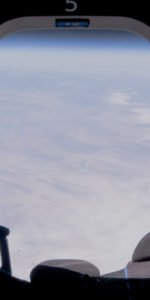
this says alot for the men and women that work on these systems and make them work ula is a great rocket company i wish you great success in the future you’re past is fantastic
Now, if you were to ring SLS with smaller solids and a reduced payload-could it get away with one RS-68?